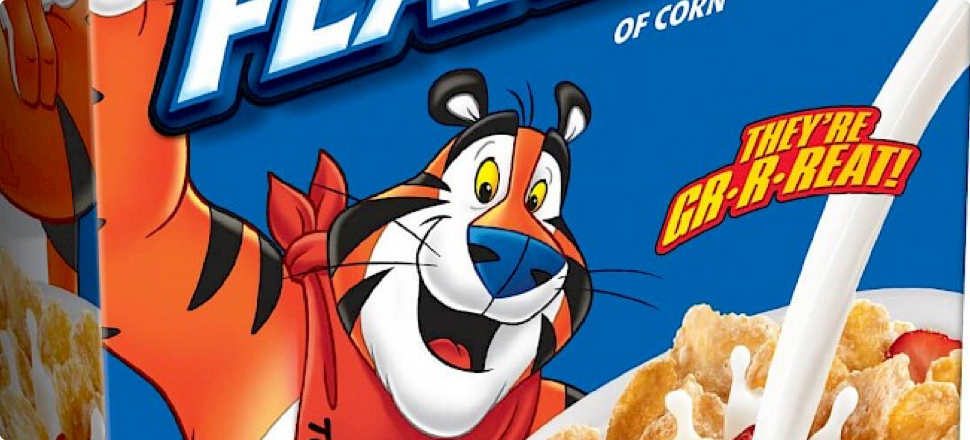Creatives
Guest Blog
Storytelling And Advertising: How To Bring The Two Together
Jan 16, 2019
Guest Blog
Jan 16, 2019
Standing out amongst the crowd has always been the challenge in advertising. With so many other ad messages to compete with, how can a company be sure that its message will resonate with its target market? And even if it does resonate, what will make someone act upon it?
The answer is a compelling story; one that reaches the heart of the consumer and evokes a feeling or a memory. It’s typically through being emotive and memorable that a brand develops staying power (and earns the loyalty that’s so incredibly lucrative).
A common mistake is thinking that advertising is just about getting a product, service or brand in front of a customer — not so. It’s about integrating it into their daily life in some way, making it something they can’t help but think about.
Through storytelling, you can build a deep connection that’s rich with detail, making whatever you’re offering feel vibrant and engaging like a battle scene in an adventure movie.
Without a compelling and detailed story, marketing typically falls flat. The absence of hooks means that consumers forget about the ads almost as soon as they’ve seen them. And if someone can’t remember your product, they’re not going to feel the urge to buy it.
When trawling through the feeds on various social media sites, it’s easy to see how hard it is to get attention without a photo of a baby, a chucklesome meme, or a video of an amazing animal. Why is this?
Well, it’s all down to their emotive power. They’re simple, heartwarming, innocent, funny, non-threatening, and generally uplifting. Who wouldn’t want to see content like that?
As such, you need to understand what kind of content your audience wants to see, and what emotions you should strive to inspire. If you can capture hearts, you can win trust (though not every brand can be a Campbell’s Soup or a Folger’s Coffee, of course). You need to know what your brand is all about and what sets it apart from your other companies, then use that information to develop a story that makes you memorable.
Try to think about the long-term story of your brand as a photo album. Each photo should bring about a strong positive reaction that plays into the larger narrative, such that your content of one year should still be engaging when revisited for nostalgia after a few years.
Content in the digital world can feel ephemeral, and it often is, but it doesn’t need to be. View your branded content as an investment that will continue to gather interest.

For an example of a long-term advertising campaign using storytelling, look at “The Most Interesting Man in the World”, courtesy of Dos Equis.
The underlying formula of the campaign has never changed, but each instalment has been slightly different to keep things fresh — and this approach even extended to user-generated content through the ad’s firm establishment as a meme generator.
Something that tends to be extremely important is keeping your ad stories authentic and relevant without relying on gimmicks.
To continue the analogy, a photo album is anything but gimmicky: it has a loose and creative feel to it, having been assembled with care over time. The stories are there, but told subtly through facial expressions, items of clothing, backgrounds, hairstyles, locations, and even perspectives. That’s the level of detail that keeps people coming back.
Who remembers the old lady from Wendy’s “Where’s the Beef” ads from the 1980s? Her face is ingrained in our minds because she was real. To an entire generation, she felt like the grandma who always spoke her mind and gave it to you straight. As a result, the campaign struck a chord, and is something people fondly remember to this day.
To add weight to your stories, it’s important to use photography as well as eye-catching and engaging characters, but other imagery can help too. You don’t necessarily have to fork out for professional photographers and models at every turn — you can save money by using royalty free stock images to break up text and illustrate your content. Combine this with attention-grabbing icons, infographics or flowcharts, and you can add to the authority of your stories and make them more digestible and visually appealing in the process.

Think about the impact of a character like Tony the Tiger. He may be a cartoon character, but he’s helped sell millions of boxes of Frosted Flakes. How? He’s bold, has a great catchphrase, and has featured in numerous different campaigns over the years.
Simplicity in a character isn’t always a bad thing, particularly when you’re advertising cereal aimed at children.
Just like any good book, a complete story will usually involve a problem that needs to be solved and an apex at which the reader can connect emotionally to the outcome. If you know what real-world problems you’re aiming to solve as a brand, you can build on that information to find a suitable problem to serve as a foundational piece of your story.
To tell an effective story, it is important to have a heightened sensitivity and awareness of how that story will resonate on an emotional level with the audience.
For example, what resonates with a 14-year-old boy will be very different from what resonates with a 55-year-old woman. Maintaining the right tone of voice will help your story to be listened to by your audience, instead of simply being heard and subsequently forgotten about.
Whether you’re selling a product or a service, the methodology is the same. You need to be able to identify with your prospective customers to understand how they feel about the story you’re telling or the proposition you’re offering. Using this level of compassion, it’s easier to determine how people will react to your message.
Be sure to follow these five tips when developing your brand story:
These pointers will help you to create a story that really sticks with consumers.
Once you have your story planned out, how should you actually distribute it?
Well, the fireplaces we gather around these days are mostly online, although there is still a lot of power in traditional media such as billboards and print ads. The key to success is knowing where your audience is located and putting the right message in the right place.
We may live in an age of social media and virtual reality, but it is still important to know your client face-to-face, so don’t underestimate the power of taking your story to the streets and talking things through with people directly.
Here are five suitable channels for sharing your story:
Face-to-face interaction in particular can be extremely powerful, particularly if you’re able to provide physical items for people to take away, such as narrative-driven pamphlets or even just branded merchandise. In fact, the latter is something you should really think about selling — it will improve the brand association, and make some money in the process. If you think that’s beyond your capabilities, you’re wrong. Try this method:
It isn’t too costly to have a store like that running, and it could be hugely beneficial. You never know when a particular story will catch fire, and if you can capitalize on a hit with some decent products, you’ll give it an even better chance of sticking in the memory.
These steps can help you to bring together storytelling and advertising in a way that will resonate with consumers, win you loyal customers, and create a lasting brand.
And remember: if all else fails and you think you might benefit from including a giggling baby or a talented giraffe in your media campaign, don’t be too reluctant. Artistic integrity is great, but the point of advertising is to sell — so you need to go with what works.